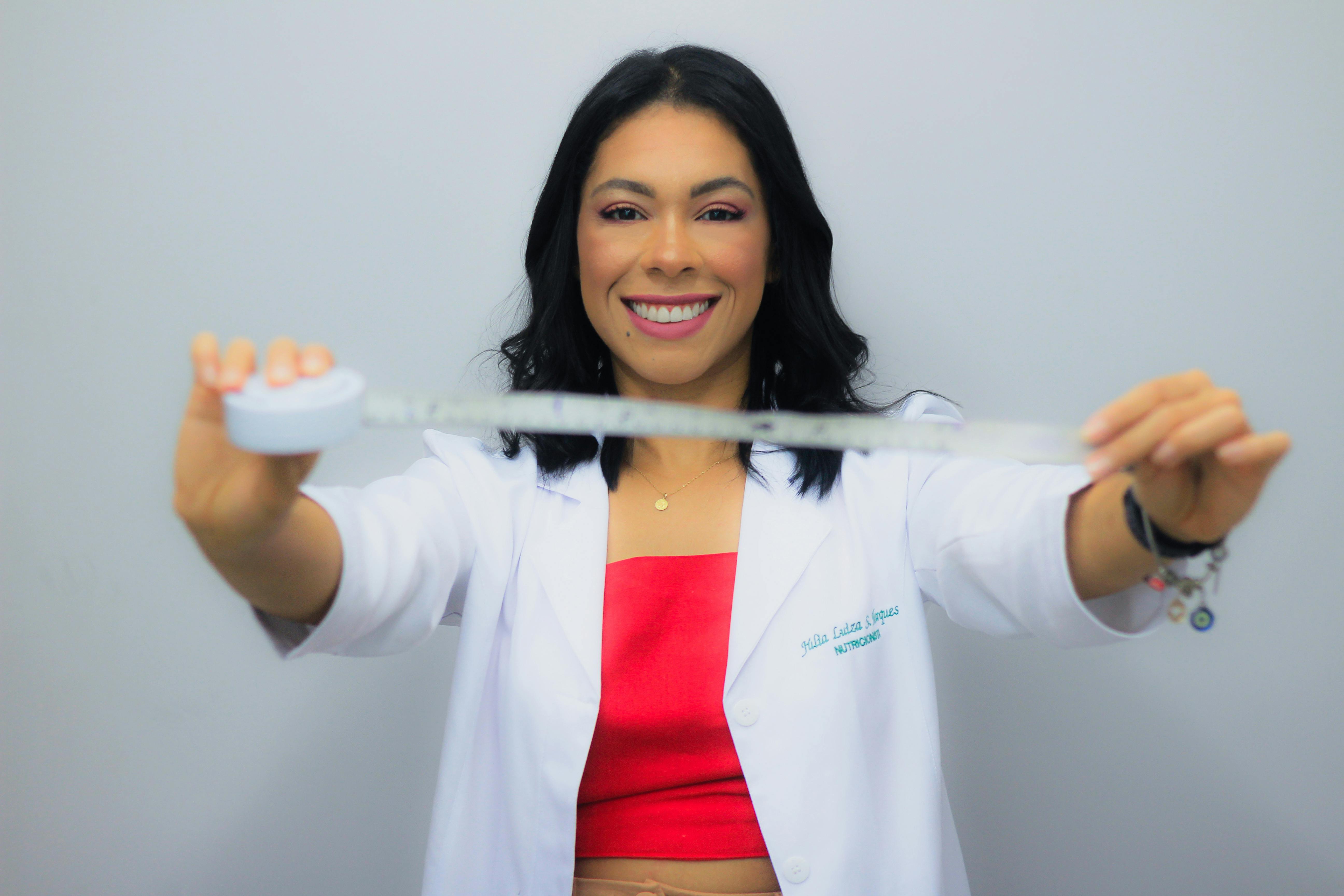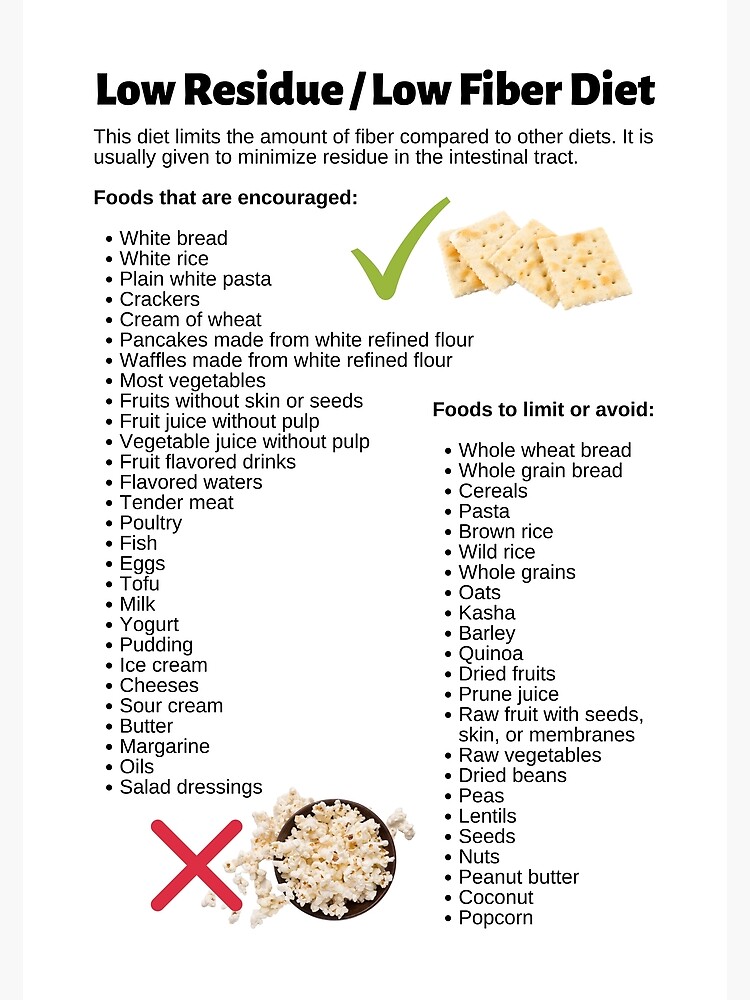Effective Ways to Navigate Your Adult Tonsillectomy Diet in 2025

Apply Now


Effective Ways to Navigate Your Adult Tonsillectomy Diet in 2025
Understanding the Post-Operative Diet
Navigating the post-operative diet after a tonsillectomy can be a challenging yet crucial part of the recovery process. The right diet not only supports healing but also ensures that you manage pain effectively. After your surgery, your throat will be sore, and eating may feel uncomfortable, making it essential to choose soft and soothing foods that won't irritate your throat. A well-planned tonsillectomy diet primarily consists of soft foods and liquids that are easy to swallow and digest. Key considerations during this recovery phase include hydration and nutrition, as your body requires sufficient energy and vital nutrients for optimal healing. Incorporating high-calorie options and protein sources into your meals will help meet your increased nutritional needs. Preparing a post-operative dietary plan also involves knowing which foods to avoid, such as spicy, acidic, or hard-textured items, which can exacerbate throat discomfort. Understanding these dietary guidelines will give you peace of mind and allow your body to recuperate efficiently.Essential Soft and Liquid Foods
In the early phases of recovery from a tonsillectomy, focusing on soft and liquid foods is vital to minimize pain and inflammation in the throat. Soft foods like mashed potatoes, applesauce, and yogurt provide nourishment without adding irritants. Incorporating a variety of soothing foods will also help maintain your appetite and ensure you get essential vitamins and minerals for recovery. Liquid diets should prominently feature nutritious options like smoothies, soup broth, and herbal teas, which can be both hydrating and comforting. Smoothies are an excellent way to sneak in fruits and vegetables without the need for chewing, while soups can be flavorful yet gentle on the throat. Additionally, cold treats such as ice cream can alleviate throat pain and swelling. Remember to include calcium sources like cottage cheese and yogurt to support your bone and immune health during this healing period. Maintaining a balanced intake of nutrients while focusing on food texture is crucial for your throat comfort.Hydration and Pain Management
Proper hydration after a tonsillectomy is pivotal for recovery. Maintaining fluid intake helps to keep your throat moist and promotes healing by preventing dehydration. Herbal teas, ginger ale, and cold beverages can soothe a sore throat, while comfortable hydration strategies like small, frequent sips can be beneficial. In terms of pain management, understanding the connection between hydration and throat comfort is essential. Staying well-hydrated may lessen pain and swelling, supporting the healing process. Additionally, high-calorie foods are vital because they provide the necessary energy levels to aid your recovery. It is also crucial to be mindful of the foods that could lead to throat irritation, such as acidic fruits or spicy dishes. By using trial and error, you can find soothing foods that work for you and avoid those that don't.Meal Planning for Nutritional Recovery
Creating a Balanced Meal Plan
Strategically planning your meals after a tonsillectomy will ensure you meet your nutritional needs while navigating throat discomfort. Start with small meal portions that allow for easier consumption. By timing your meals, such as eating smaller, frequent doses instead of larger portions, you can better manage appetite changes that occur post-surgery. High-calorie meal suggestions during recovery may include creamy soups, smoothies enriched with protein powders, and comforting puddings. These options provide essential energy and nutrients without adding to throat pain. Incorporating a variety of flavors and textures, while maintaining a focus on soothing foods, can transform your meal experience, allowing for a more enjoyable dining process. Additionally, be open to coaching from nutritionists or healthcare providers. They can offer tailored dietary modification strategies to balance nutrients post-surgery, ensuring you receive adequate vitamins and minerals.The Importance of Comfort Foods
While going through your tonsillectomy recovery, it's crucial to include comfort foods in your diet. These meals not only meet your nutritional needs but also provide emotional satisfaction. Options such as creamy oatmeal, low-sugar puddings, and frozen desserts like ice cream can elevate your mood while being easy on your throat. Cooking methods also contribute to your comfort food choices—gentle baking or slow-cooking can create tender and easily digestible meals such as casseroles or stews, where the flavors meld, yielding a satisfying dish without irritation. You might also consider incorporating family recipes for recovery, which can drive a sense of familiarity and joy during your healing period. By focusing on comforting, nutritious meals, you'll create a supportive eating environment conducive to recovery.Navigating Social Events and Dining Out
Post-operative life may involve attending social events where food is a central element. It's essential to be prepared for dining scenarios, recognizing your dietary restrictions. Communicating your needs to friends or family is key—don’t hesitate to request adjustments for your meal to accommodate your condition. When dining out, opting for soft, bland diet meals, such as broths, soft pastas, and smoothies, is advisable. Avoiding high-acid or highly spiced dishes will help you maintain throat comfort. Instead of feeling left out, turn these events into opportunities to explore different culinary choices that fit your diet. Remember that recovery doesn't start and stop with food; aspects like family support and understanding can enhance your overall experience. Engaging in compassionate eating habits during social gatherings will aid your recovery while still allowing you to connect with your loved ones.Foods to Avoid During Recovery
Identifying Irritants and Dietary Restrictions
During your recovery phase, awareness of foods to avoid is as crucial as knowing which ones to embrace. Hard, crunchy, spicy, and acidic foods can provoke throat pain or discomfort, thus prolonging inflammation. For effective throat care, it's best to steer clear of items like chips, citrus fruits, nuts, and hot spices. Understanding your individual tolerance can help guide dietary shifts, but sticking to a limited range of throat-friendly options in the early weeks post-surgery is a wise strategy. Gradually reintroducing other textures and flavors should be done with care, and patience will be essential as you learn to navigate your new eating habits. You'll find that the right combination of careful meal planning, hydration, and self-awareness will facilitate your healing journey, keeping throat irritations at bay.Making Gradual Dietary Adjustments
As your recovery progresses, incorporating gradual dietary changes is an important concept to embrace. After the initial recovery phase, you may begin reintroducing more textured foods, assessing your body's responses along the way. This allows you to understand your limits and create a customized tonsillectomy meal plan. Focus initially on easy-peel fruits like bananas or cooked vegetables that are soft enough to chew without discomfort. Additionally, high-protein options like scrambled eggs or soft fish can be beneficial. Keeping track of which foods lead to pain or relief will give you insight into your successful culinary adaptations. Investing time in meal prep during your recovery can pay dividends. Preparing gentle, nourishing meals ahead of time allows for stress-free dining when dealing with fatigue. Consider balancing meal frequency with small, nutrient-dense options, allowing more consistent intake over the day.Seeking Support and Expert Advice
Navigating the complexities of post-operative nutrition can feel overwhelming at times. Beyond your dietary adjustments, remember to seek the support of healthcare professionals, such as nutritionists, who can provide personalized nutritional recovery strategies. They can help you set realistic goals, implement meal timing strategies, and incorporate nutritious foods into your routine without discomfort. Family support during this phase can also play a vital role in your healing. Don’t hesitate to communicate your needs and preferences clearly to those around you, as their understanding will help create a more comfortable dining atmosphere. Incorporating supportive cooking techniques and remaining open to advice will promote a positive recovery experience. The road to healing may involve trial and error, but with compassionate eating practices and informed decisions, you can successfully navigate your adult tonsillectomy diet.Tips for Maintaining Nutritional Needs
Staying Hydrated and Nourished
Maintaining hydration is pivotal in this recovery phase, as it provides relief to your throat and aids healing. While focusing on hydration, include low-acid beverages such as herbal teas or diluted fruit juices that are easier on the throat. Strategies to enhance hydration can also include nutritious food options like smoothies, which provide hydration along with vital nutrients. Along with hydration, meeting your nutritional needs will support your body's energy levels during recovery. Foods rich in vitamins and minerals will harness your healing process. Integrating protein sources and high-calorie foods is crucial to replenish strength lost during surgery. Effective hydration strategies might also call for incorporating snack ideas that support both thirst and nutrition. Frozen treats like fruity popsicles can be an enjoyable option while serving dual purposes in hydration and throat comfort.Monitoring Energy Levels and Nutritional Intake
Post-surgery, it’s common to experience fluctuations in appetite and energy levels. Keeping track of your nutritional intake can help you maintain a balanced diet as you recover, ensuring your body receives sufficient calories and protein during this time. Using an easy meal journal can be a helpful tool for awareness. Jot down what foods you consume, including comfort foods, and note how they affect your throat and energy levels. This practice will help guide your dietary modifications, ensuring you stay aligned with your healing rituals. Investing in nutrient-dense foods and meal replacements can also play a pivotal role in maintaining energy levels during this time. Focusing on balanced meals that include protein, healthy fats, and carbohydrates will create a wholesome diet that aids your recovery.Exploring Gentle Nutrition Strategies
As you assess what works best for your recovery, exploring gentle nutrition strategies can significantly contribute to your well-being. Focus on wholesome options that deliver prompt energy and maintain comfort while eating. Adapting recipes, experimenting with flavors, and trying new cooking methods can expand your post-operative meal repertoire. Providing nutritional support through healing foods, while ensuring safety from potential irritants, will create a nurturing atmosphere for your throat during recovery. As you continue to navigate your adult tonsillectomy diet, remember to maintain a positive attitude and flexibility in your culinary choices. Remember that every detail counts. A well-thought-out dietary strategy, influenced by both professional advice and personal experiences, will guide you towards compassionate eating practices, offering you comfort through your healing journey.
